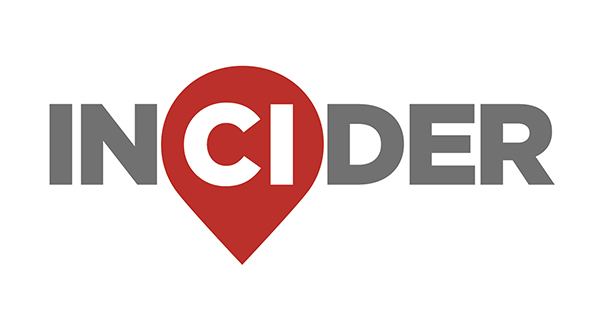At an Aug. 5 special meeting, council expressed “contingent support” for the extension of the Westpark Tollway through downtown and support for the reconstruction of FM 359.
Zooming in
The council’s support for the tollway reverses a 2016 resolution, which said the tollway would “detract from the potential for commercial development and harm the quality of life for the residents of the city without providing meaningful benefit.”
The Fort Bend County Toll Road Authority already owns the right of way necessary to extend the tollway to the city of Eagle Lake, although Fulshear’s downtown wastewater treatment plant blocks the toll’s future path. The county has expressed a desire for Fulshear to rescind prior opposition, according to agenda documents.
The FBCTRA began development on an additional four miles of the tollway in June, bringing its new end to Charger Way in Fulshear. The extension is expected to open to vehicles in August 2026, Lisa Castañeda, deputy operating officer with Mike Stone Associates, which manages the FBCTRA, previously said.
“[We want to] keep people moving; ... [residents] want to have a nice place to live and don't want to have unnecessary congestion,” she said. “[The tollway] should help with commuters and just to improve the transportation network in Fort Bend County.”
According to agenda documents, the city’s support is contingent on:
- Fort Bend County’s agreement to purchase the city’s water reclamation facility at fair market value and assist in its decommissioning
- Fort Bend County’s agreement to cover unanticipated change order costs for the relocation of the city’s diversion lift station
- FBCTRA’s engagement with the city in all phases of the design of the tollway extension through the downtown area
In May, the council approved a $49,985 contract with Gannett Fleming Inc. for a vertical alignment study to determine the feasibility of an underpass connected to the east and westbound lanes of FM 1093 for the future extension of Westpark Toll Road.
The alternative concept introduced is based on a “bowtie” roundabout located in Carmel, Indiana, city officials previously said. The bowtie method would allow cars to cross Main Street and Fulshear Trace via a roundabout, while toll road traffic passed underneath.
Diving in deeper
Meanwhile, FM 359 reconstruction will go from Downtown Fulshear to the Fort Bend County and Waller County line and will be fully funded by Fort Bend County.
“Due to the rapid growth in the area and the development of new school complexes near the county line, we felt it was necessary to expedite the design process in hopes that [the Texas Department of Transportation] would move forward with construction,” said Dwayne Grigar, director of planning and infrastructure for Fort Bend County Precinct 1.
The corridor already requires improvements, even without the schools, but their presence only increases urgency, Grigar said.
The project is still in its early phases, and Fort Bend County Precinct 1 Commissioner Vincent Morales’ office is working toward establishing an advanced funding agreement with TxDOT, Grigar said.
The move comes as Downtown Fulshear continues to expand, with a food truck park, which was approved by the city in July. In June, the city also approved several transportation projects to make streets more walkable and is working on constructing a pedestrian plaza from Third to Fifth streets.
What else?
Officials also voted 6-1 to allocate $8,000 annually to fund Forever Fulshear, a nonprofit that provides environmental education and volunteer opportunities that “support and improve Fulshear,” according to its Facebook page.
The deal gives the nonprofit additional staff support and free use of the Irene Stern Community Center twice a year. Mayor Don McCoy was the dissenting vote, citing concerns that other non-profits would use the precedent to ask the city for money.
The agreement will continue for five years unless terminated, according to agenda documents.





